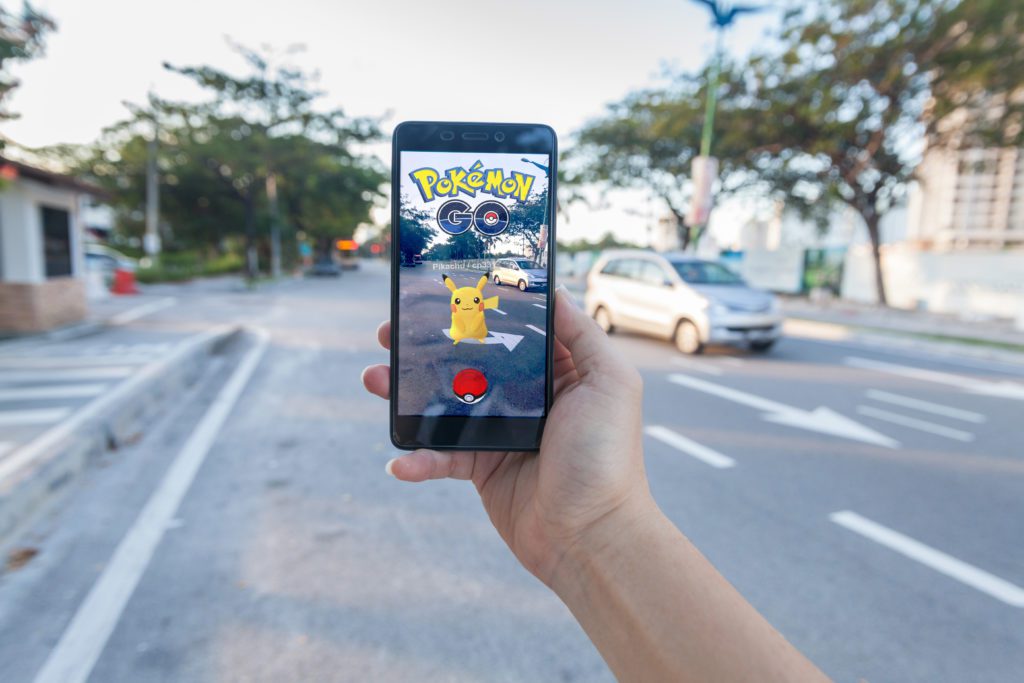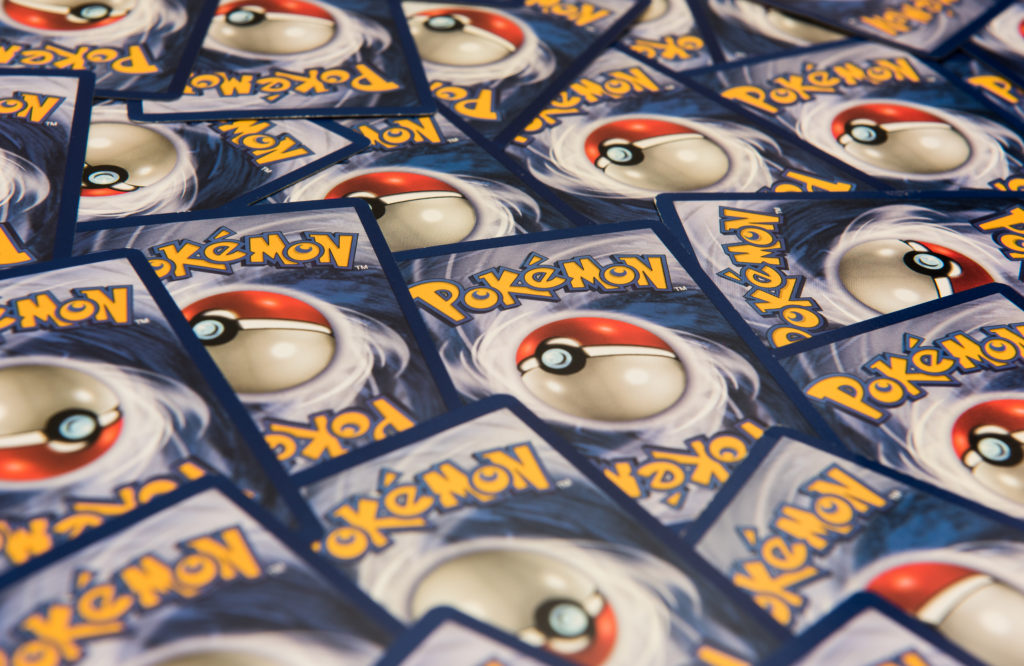Since its inception in the 1990s, Pokémon has become a global cultural phenomenon, captivating hearts and minds across generations. With its iconic creatures, immersive games, animated series, and a wide array of merchandise, Pokémon has transcended mere entertainment to become a shared experience that unites fans worldwide. Let’s embark on a journey to explore the captivating history of Pokémon, from its humble beginnings to its status as a pop culture juggernaut.
The Birth of Pokémon: A Creative Spark
The year was 1996 when Satoshi Tajiri and Ken Sugimori, the masterminds behind Pokémon, breathed life into a concept that would change the world. Inspired by Tajiri’s childhood interest in collecting creatures and his fascination with the interconnectedness of the Game Boy and the Game Link Cable, they birthed a universe where players could capture, train, and battle creatures called Pokémon.

Pokémon Red and Green: A Start of an Era
In 1996, the first Pokémon video games, “Pokémon Red” and “Pokémon Green” (later known as “Pokémon Red” and “Pokémon Blue” internationally), were released for the Game Boy in Japan. The games introduced players to the fictional region of Kanto and its diverse collection of Pokémon. The innovative concept of trading Pokémon between Game Boys via the Link Cable was a game-changer, fostering social interaction and camaraderie.
The Animated Phenomenon: Pokémon Comes to Life
As the video games gained popularity, Pokémon expanded its reach with an animated television series. Premiering in 1997, “Pokémon: Indigo League” introduced the world to Ash Ketchum and his quest to become a Pokémon Master. The series, along with its catchy theme song and lovable characters like Pikachu, ignited a global frenzy that transcended cultural boundaries.

Trading Card Game and Merchandising Marvel
Recognizing the allure of physical collectibles, the Pokémon Trading Card Game (TCG) was introduced in 1996. The TCG replicated the essence of the video games by allowing players to build decks, battle, and trade Pokémon cards. The cards soon became highly sought-after items, fostering a culture of strategic gameplay and friendly competition.
Beyond video games and trading cards, Pokémon’s success spurred a wave of merchandise, from toys and clothing to books and accessories. The franchise’s ability to seamlessly transition from digital to tangible experiences played a pivotal role in its continued popularity.
Evolution of the Franchise: New Generations, New Adventures
As the years went by, Pokémon continued to evolve and adapt. New generations of games introduced new regions, Pokémon species, and gameplay mechanics. The introduction of the Nintendo DS brought 3D graphics and enhanced interactivity, while subsequent consoles added more layers of complexity and immersion.
Pokémon’s influence extended beyond gaming, with successful movie adaptations, spin-off games like “Pokémon GO,” and an ever-expanding universe of animated series, trading card expansions, and multimedia endeavors.
The Fabled Pikachu Illustrator Pokémon Card
One of the most sought-after and valuable Pokémon cards is the “Pikachu Illustrator” card. This card is exceptionally rare and holds a special place in Pokémon card history.
The Pikachu Illustrator card was originally created as a prize for winners of an illustration contest held in 1997 by the Japanese magazine “CoroCoro Comic.” Only a very limited number of these cards were ever produced, making them extremely rare and highly desirable among collectors.
Due to its rarity and unique backstory, the Pikachu Illustrator card has fetched incredibly high prices in the collectibles market. It’s worth noting that the value of rare cards like this can fluctuate based on various factors, including condition, demand, and the state of the Pokémon card collecting community.
Keep in mind that the world of collectibles, including Pokémon cards, can change rapidly in terms of value and popularity.
The typical worth of the “Pikachu Illustrator” card is approximately $117.12. Previous sales indicate a varied price spectrum, spanning from as low as $0.99 to an impressive high of $25,124.41. information on sought-after cards.

Exploring Collectibles Beyond Pokémon Cards at Pawnshops
Pawnshops like Parker Pawn in Fayetteville, NC often have a wide range of collectibles beyond just Pokémon cards. Pawnshops deal with a diverse array of items, from electronics and jewelry to rare collectibles and vintage goods.
Some other types of collectibles you might find at pawnshops include:
Antiques: Pawnshops sometimes have antique items, such as furniture, clocks, ceramics, and decorative art pieces.
Coins and Currency: Rare coins, old currency notes, and numismatic collectibles are commonly found in pawnshops.
Comics and Action Figures: Pawnshops might offer comic books, graphic novels, action figures, and other pop culture memorabilia.
Sports Memorabilia: Items like signed sports equipment, trading cards, and autographed memorabilia could be available.
Vinyl Records: Pawnshops often carry vinyl records, including classic and rare albums.
Artwork: Some pawnshops may feature paintings, prints, sculptures, and other forms of art.
Collectible Toys: Beyond Pokémon cards, you might find other collectible trading cards, toy sets, and board games.
Jewelry: In addition to gold and silver jewelry, pawnshops might have vintage or unique jewelry pieces.
Watches: High-end watches and vintage timepieces could also be part of their inventory.
Firearms and Militaria: Some pawnshops deal with firearms, ammunition, and military collectibles.
Electronics: Alongside modern gadgets, vintage electronics and retro gaming consoles might be available.
Books and Literature: Collectible books, first editions, and rare manuscripts could be found in some pawnshops.
Stamps: Collectible postage stamps and philatelic materials might also be part of their offerings.
It’s important to note that the variety of collectibles available at any specific pawnshop can vary based on their inventory and what customers bring into the pawn or sell. If you’re interested in a particular type of collectible, it’s a good idea to contact the pawnshop directly or visit their website to inquire about their current selection.





